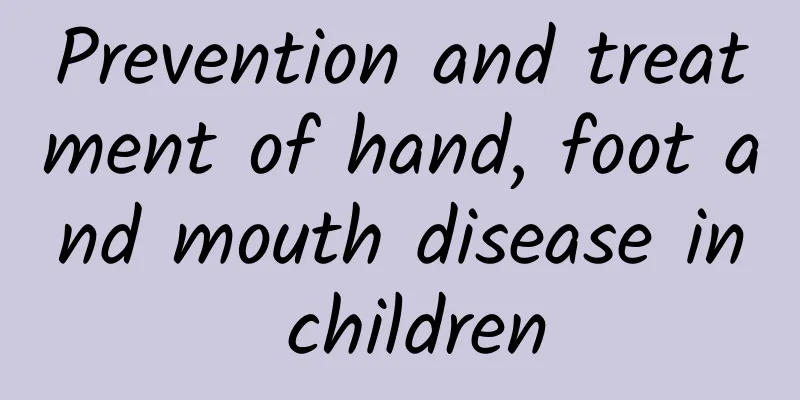How to treat repeated fever in children with pneumonia

|
Repeated fevers due to pneumonia in children require timely and scientific treatment, which usually includes infection control, fever reduction, and physical fitness enhancement. Parents should pay attention to finding the cause of the fever and choose a treatment method suitable for their children under the guidance of a doctor to avoid worsening or prolonging the condition. 1. Infection Control The main cause of pneumonia is infection, so the first priority of treatment is to control pathogens. If it is a bacterial infection, antibiotics are often required for treatment, such as penicillins such as amoxicillin/clavulanic acid, cephalosporins such as cefixime, and macrolides such as azithromycin. The specific type and dosage of drugs should be determined by the doctor based on the child's condition and pathogen test results, and blind medication should be avoided. Antibiotics are not required for viral pneumonia, but antiviral drugs such as oseltamivir may be needed in severe cases. For fungal or mycoplasma infections, the treatment methods will be different, and you must follow the doctor's instructions. 2. Heat-removal treatment Repeated high fever not only makes children uncomfortable, but may also cause febrile convulsions or dehydration. Commonly used antipyretic measures include: ① Drug-induced fever reduction: such as ibuprofen or acetaminophen. These antipyretic drugs are relatively safe, but they must be taken according to the dosage and the effects must be monitored regularly to avoid overdose. ② Physical cooling: including wiping the large blood vessels of the body such as the armpits and groin with warm water or reducing clothing to help dissipate heat. Do not use alcohol to wipe to prevent skin irritation and absorption poisoning. 3. Strengthening physical fitness and auxiliary treatment Children have low immunity and are prone to repeated infections. Therefore, during the treatment and recovery period of pneumonia, it is necessary to focus on strengthening their physical fitness: ① Balanced diet: Increase nutritional intake and appropriately supplement high-protein foods such as milk, eggs, and vitamin-rich vegetables and fruits to help improve immune function. ② Adequate rest: Let your child rest in bed more often and ensure good sleep quality to help the body recover. ③Supportive treatment: Oxygen inhalation can be used to relieve the symptoms of dyspnea. Some Chinese medicine can also be used in conjunction with Chinese patent medicines, such as Children's Qingfei Oral Liquid, but this requires the doctor's consent. Parents should closely monitor their children's condition. If the fever persists for more than 72 hours or the child has difficulty breathing, cyanosis or mental depression, they should seek medical attention immediately to avoid serious complications such as empyema or respiratory failure. |
<<: The difference between herpetic pharyngitis and hand, foot and mouth disease in children
>>: What fruits can help adults with hand, foot and mouth disease recover quickly?
Recommend
What should children eat for diarrhea and vomiting? Several dietary treatments to relieve diarrhea and vomiting in children
If a child has diarrhea and vomiting, you should ...
What medicine can children take for cough
What is gray matter? Children with cough can take...
How to treat a child's cough?
Children have weak physical resistance and are pr...
Is it normal for a newborn to have jaundice for 15 days?
Is it normal for a newborn to have jaundice for 1...
What kind of ointment is better for baby's red butt? These 6 ointments can effectively treat baby's red butt
The baby's skin is very delicate, and if it i...
What foods can help adults with hand, foot and mouth disease recover quickly?
Adults with hand, foot and mouth disease can eat ...
How long does it take to cure Kawasaki disease?
How long does it take to cure Kawasaki disease? M...
What is the cure rate for early stage Kawasaki disease?
What is the cure rate of early Kawasaki disease? ...
What are the reasons why children's coughs cannot be cured for a long time?
Children's cough that lasts for a long time u...
There are some tips to prevent breast milk diarrhea
Breast milk diarrhea, that is, pediatric diarrhea...
What medicine should I take for patent ductus arteriosus?
What medicine should be taken for patent ductus a...
Treatment of pneumonia in children
Neonatal pneumonia is also a relatively common di...
Diarrhea Syndrome Recipe for Children
There are many types of diarrhea, and different t...
What causes dark yellow skin? What are the common symptoms of dark yellow skin?
Dark yellow skin is caused by many reasons. In or...
Symptoms of congenital polio
In recent years, the number of polio patients has...









